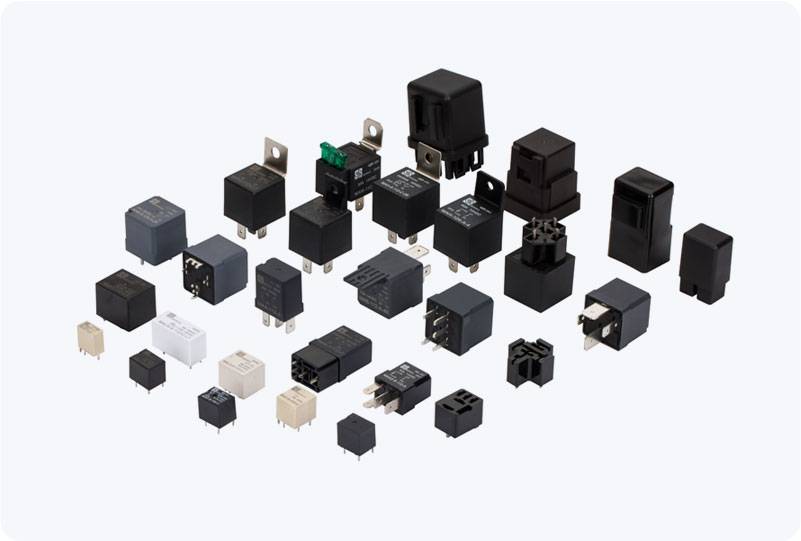The Dual Relay Module is an essential component widely used in various automation and control systems. This module, typically used with microcontrollers like Arduino, Raspberry Pi, or ESP32, allows users to control electrical devices remotely, making it invaluable in automation projects. It essentially acts as an interface between low-voltage control circuits and high-voltage power systems. In this article, we will delve into the functionality, applications, and advantages of the Dual Relay Module.

What is a Dual Relay Module? A Dual Relay Module consists of two individual relays on a single board, making it capable of controlling two separate electrical devices. Each relay can be independently controlled by signals from a microcontroller, such as an Arduino. Relays are electrically operated switches that use an electromagnet to open or close the contacts in a circuit. When the relay is activated, it either connects or disconnects the control circuit to the load, which could be any electrical device. The module typically includes several key components: Relays: The core of the module, where the switching action happens.